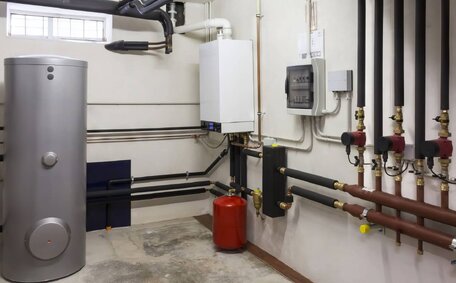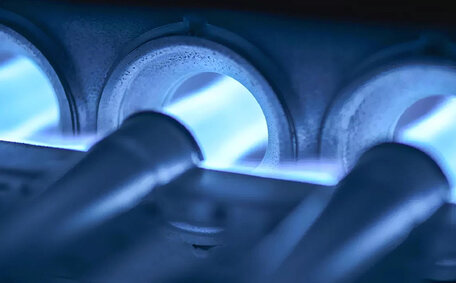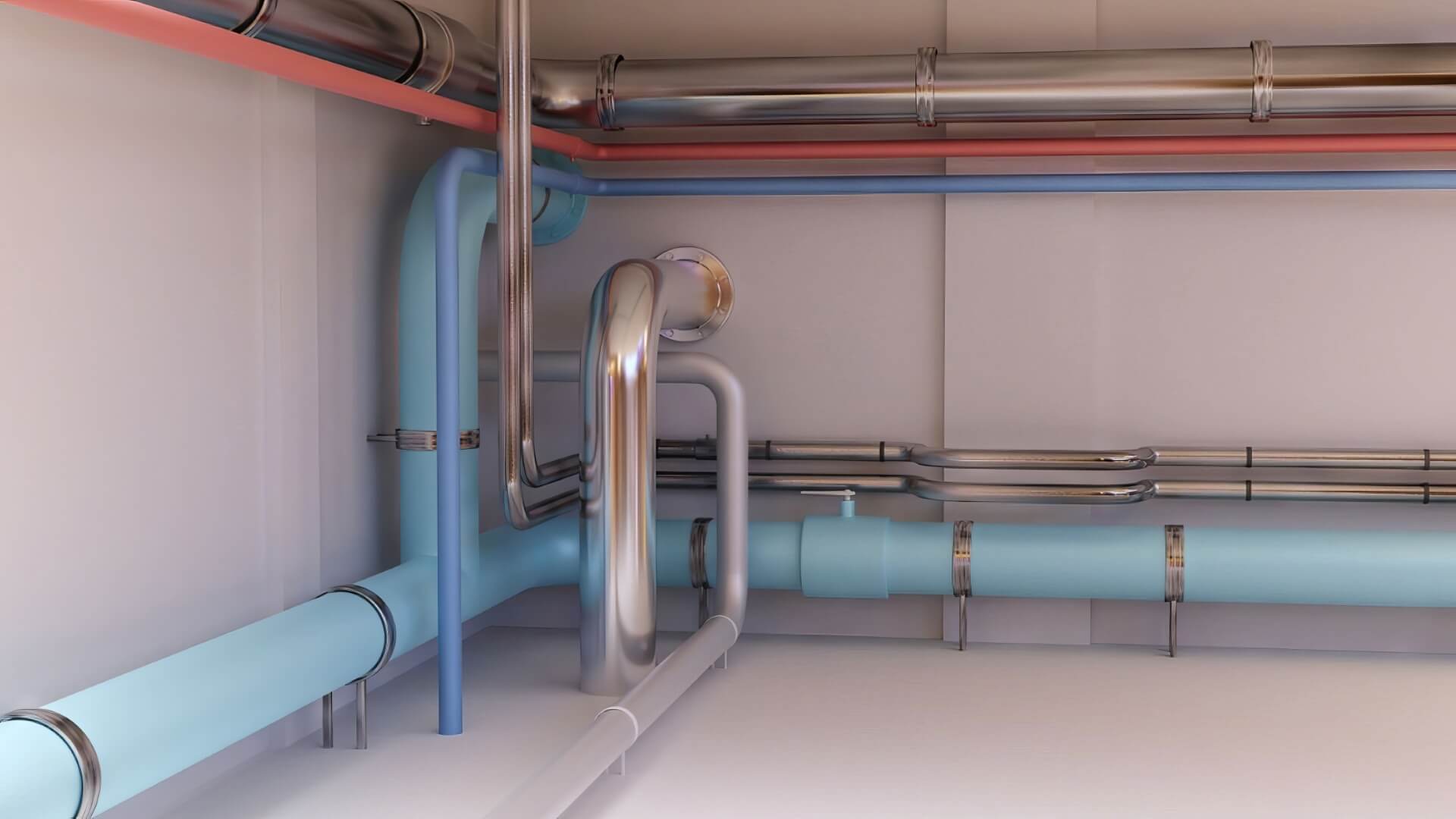Understanding Why Tree Roots Invade Pipes
Tree roots gravitate towards the moisture and nutrients inside sewer pipes, especially in older systems made of clay or cast iron. As trees mature, their root systems extend outwards, seeking sustenance and potentially invading your sewer line. Small hair-like root tips can meander into tiny cracks or pipe joints, threatening your drains with larger tree roots your garden harbours.
Once roots penetrate your sewer, they flourish and can lead to blockages that extend into your home. Roots continue to grow within sewer systems, forming dense mats that can ultimately result in blocked drains. If you’re dealing with root disturbances in your sewer system, prompt action is essential to prevent sewer blockages and significant drainage problems.
Invasive root growth in ageing sewer pipes can lead to damaged pipes, especially when these are situated around home landscapes. Tree roots can exploit these vulnerabilities to enter pipe systems causing root intrusion. Furthermore, a drain pipe with loose joints is an invitation for roots to grow into pipe networks.
The inflexible nature of clay and cast iron sewer pipes makes them susceptible to root invasion with temperature changes.
Understanding the factors enabling tree roots to infiltrate sewer lines allows for preventive measures and early intervention. To combat tree roots, pipe relining reinforces your sewer drain, sealing the cracks and spaces they target.
Identifying Signs of Tree Root Damage
There are several indications that tree root invasions may be damaging pipes:
- Slow draining sinks showers, baths, or toilets, indicating potential complications in your sewer main
- Gurgling sounds from plumbing fixtures
- Sewage backups into your property, a clear sign of trouble in your sewer
- Unexplained wet patches or soggy soil in the garden
- A musty odour emanating from drains as roots enter and decompose
- Low water pressure
- Frequent sewer line blockages
You may wonder how roots grow inside an old pipe; over time, they can build up and fully clog the drain. Hairline root masses clog the drain line, resulting in a blocked drain, hindering wastewater from flowing smoothly and leading to audible gurgling and sluggish fixture drainage. If a major blockage strikes, sewage may back up, surging out your pipes and into your home.
Roots gravitate towards the moisture in leaky pipe joints and cracks. Underneath your garden, invasive roots can damage pipes, leading to unexpected soggy patches or wilted grass.
Hiring a professional plumber for proactive maintenance is crucial to deter smaller roots from threatening your plumbing system. Annual inspections using CCTV pipe cameras are essential to control root intrusions and remove tree related obstructions, safeguarding your drain pipes against further intrusions before they cause significant damage. Early detection of tree root intrusion allows for steps to mitigate damage to drainage pipes, clear blockages, and apply protections like sealing and relining, ensuring a sound plumbing system.
Conventional Repair Methods vs Pipe Relining
When trespassing roots, which can grow aggressively, infiltrate sewer pipes, traditional repairs may involve substantial excavation to rectify damaged areas. Traditional pipe repair typically requires excavation of gardens or driveways, leading to significant disruption and cost.
In our approach, we use innovative pipe relining, a trenchless, no-dig option that maintains the integrity of your pipe system. We employ advanced pipe relining technology, utilising epoxy resins to forge a smooth, jointless liner within the compromised original pipe. The process involves minimal digging and repairs pipes from the inside-out, making them resilient against future intrusions.
Pipe relining offers several key benefits like strengthening the pipe’s exterior and providing a highly effective solution, including:
- Minimal surface damage - keeping the top sides of driveways and landscaped areas intact
- Less intrusive with virtually no property disruption
- Shorter completion times - pipe back in working order within a day
- A strong solution that offers relined pipes to thwart future root invasions
- Cost-effective compared to full pipe replacement
In scenarios of severe damage from insidious roots, pipe relining may encompass mechanical cutting, making them a distant memory before installing the safeguarding liner. This repair restores normal wastewater flow and extends the life of your plumbing, leaving root issues behind.
By opting for relining over pipe replacement, you safeguard your sewer lines from invasive tree roots that necessitate extensive excavations. Pipe relining greatly reduces disruption to properties and gardens, while providing a seamless, jointless pipe barrier that keeps tree roots out.
The Pipe Relining Process
The pipe relining process applies epoxy resin inside the damaged pipe, creating a smooth lining that seals cracks and gaps. Here are the key steps:
- Initial CCTV inspection - A camera is sent through the pipes to locate blockages and assess where tree roots have intruded, cleaning your sewer system. Locations of intruding tree roots are noted.
- Root removal - Powerful hydro jetting is used to eliminate roots from your sewer and remove blockages. This high pressure water jet cuts through and helps get rid roots blocking the passages.
- Further CCTV inspection - After clearing blockages, another camera inspection ensures no roots or defects are left behind.
- Pipe preparation - The surface of the existing pipe is cleaned to promote strong resin bonding.
- Epoxy coating - Liquid epoxy resin is poured or pumped into the pipes to coat the interior surface.
- New pipe forms - An inflatable bladder coated with soft fleece material is inserted into the epoxy-lined pipe. The bladder presses the resin firmly against the pipe walls to form the new pipe.
- Curing with hot water - The resin is hardened by pumping hot water into the bladder, usually taking about 3 hours.
- Bladder removal - Once the resin sets, the bladder is removed, leaving a smooth, jointless lining impervious to roots.
Pipe relining is completed in a single day without any digging, restoring unimpeded wastewater flow and preventing future root damage. Regular inspections help ensure the pipe lining remains intact.
Long-Term Benefits of Pipe Relining
Pipe relining provides substantial long-term benefits by extending the life expectancy of your drainage system and enhancing resistance to future root damage.
After installation, epoxy pipe linings, with their durable and corrosion-resistant composition, withstand tree root intrusion for over 50 years. Relined pipes suffer no joint gaps or cracks for tree roots to invade, so remain watertight for decades.
Pipe relining prevents recurring blockages and repairs by sealing pipes against root intrusions. Homeowners save significantly on plumbing costs over time compared to repetitive conventional dig-ups and replacements.
Relined drainage systems also operate more efficiently as smooth inner walls enhance the flow water rates. The improved pipe capacity, by up to 20%, mitigates the risk of flooding during high usage periods.
Pipe relining increases a property’s value by upgrading underground assets to modern standards. Any potential drainage issues are resolved for future owners. Hydraulic performance enhances drainage functionality.
Although pipe relining is a sizable upfront investment, it pays off by almost eliminating root problems and significantly extending the system’s lifespan.
Regular Maintenance to Prevent Future Root Damage
Alongside pipe relining, some key maintenance strategies can help prevent tree roots from invading drainage systems:
- Annual CCTV inspections to detect potential root intrusions before they lead to blockages
- To prevent tree root intrusion, plan your landscape strategically by planting large trees at least 3 metres from sewer lines and opting for smaller trees near pipes.
- Root barriers work to redirect roots down and away from pipes situated near trees
- Applying rock salt as a natural herbicide, to limit root growth
- Trimming back tree branches hovering above or growing near sewer lines
- Clearing household drains annually to remove trees’ roots or debris
Ensure diligent maintenance and proactive measures to greatly reduce the likelihood of plumbing issues like root intrusions. Any minor root invasions detected early can be cleared before causing significant damage.
While pipe relining effectively seals against roots and ensures long-term pipe integrity, no system is impervious without regular checks and maintenance. It’s critical for property managers to respond quickly to the initial indicators of tree root intrusion in their underground systems.






